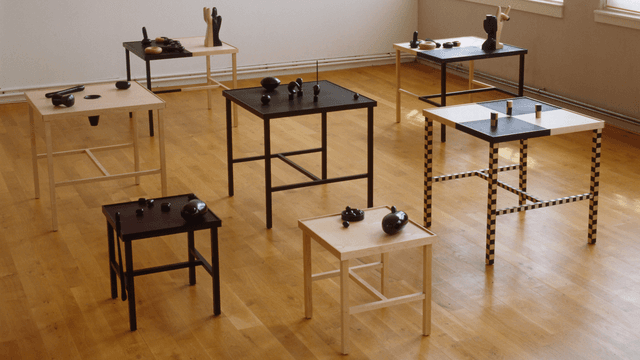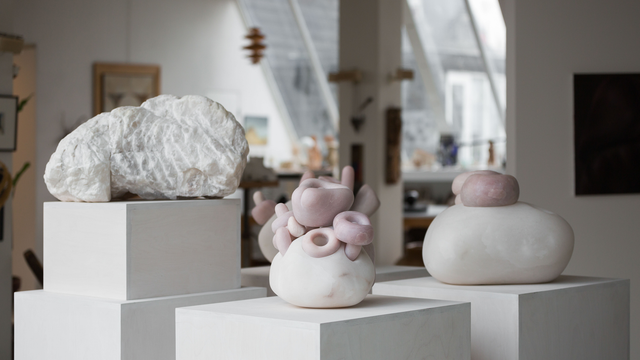
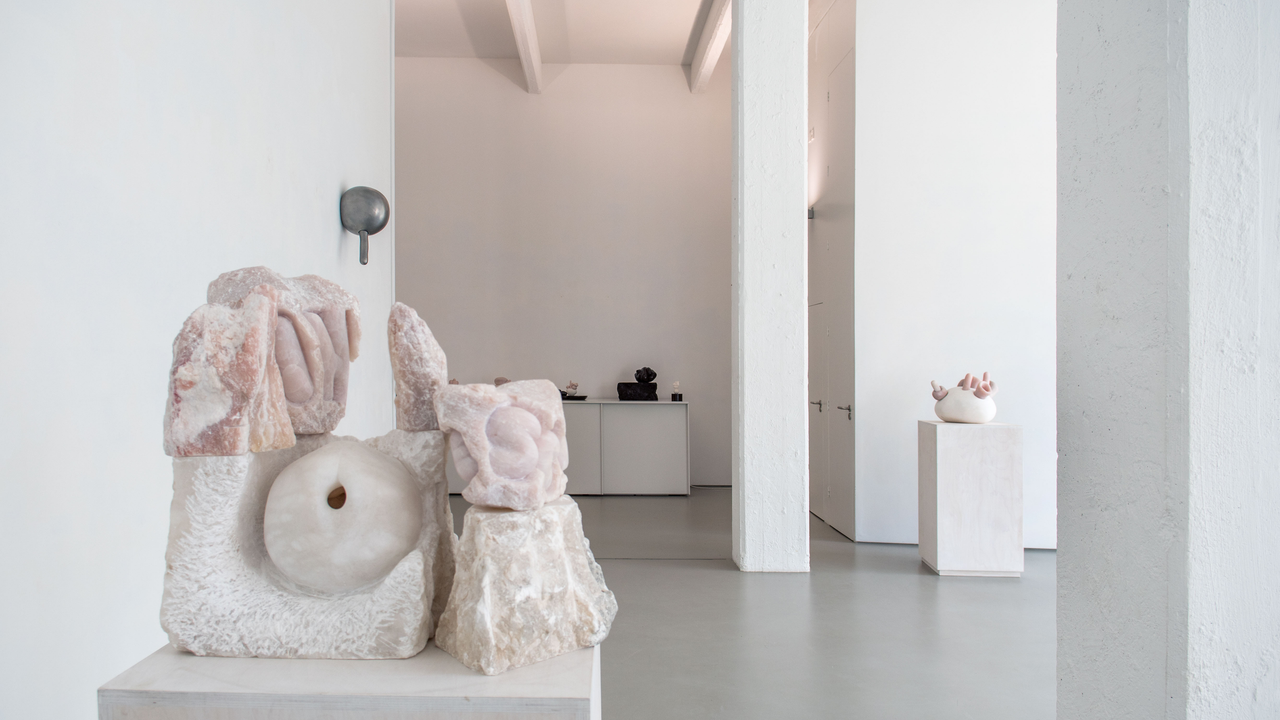

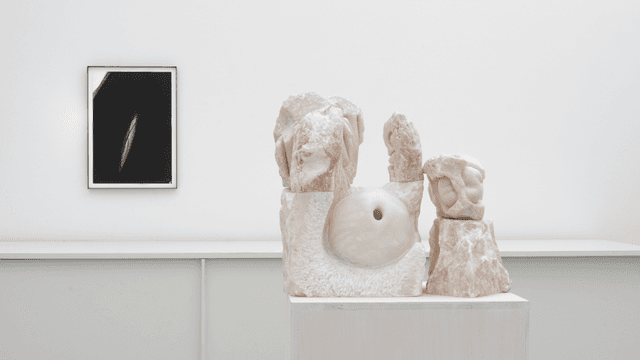
Hans Hovy, Elisabet Stienstra, Arnulf Rainer, Jugoslav Mitevski, Benjamin Roth, Emma Talbot
We Can't Go Back
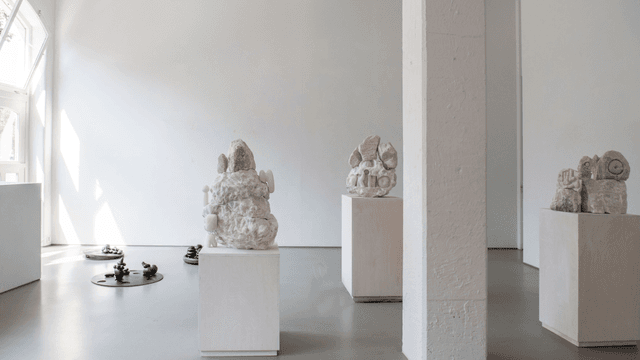
Hans Hovy
King of Sculpture
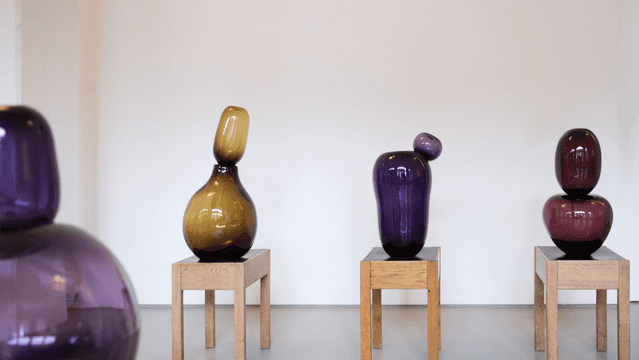
Hans Hovy
Glassobs and More
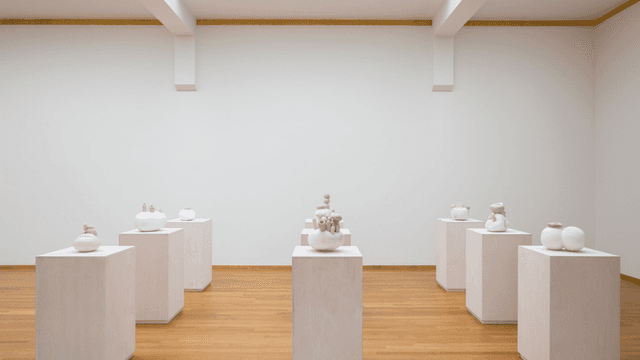
Hans Hovy
Sculptissimo

Hans Hovy
Sculptissimo

Hans Hovy
Sculpture
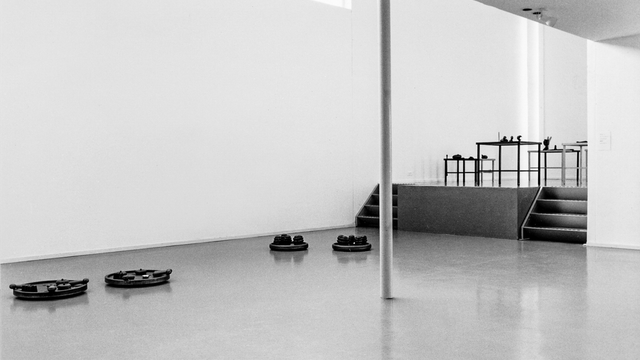
Hans Hovy
Kunstvereniging Diepenheim
